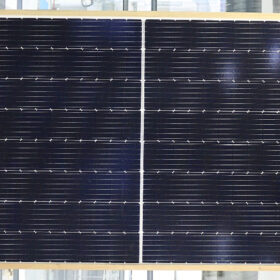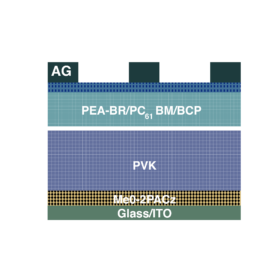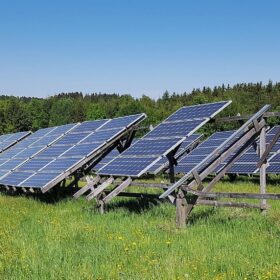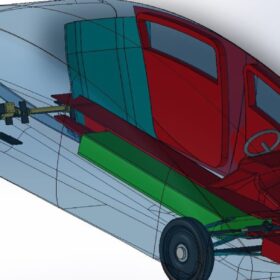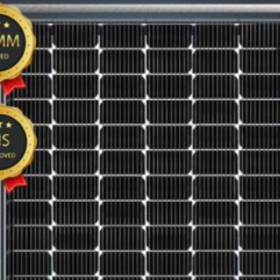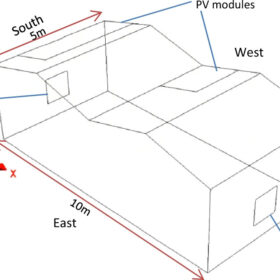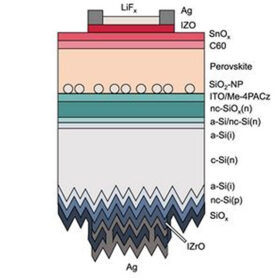A closer look at CEA-INES’ timber-framed silicon heterojunction solar module with 22.57% efficiency
The French research institute presented in a scientific paper the technical details of its recyclable heterojunction module with a power output of 566 W and a carbon footprint of just 313 kgCO2eq/kW.
Inverted perovskite solar cell based on self-assembled monolayer achieves 24.38% efficiency
Researchers in China have designed an inverted perovskite solar cell with a new strategy aimed to optimize the cell’s bottom region. The proposed cell was treated with two molecules known as 2-mercaptoimidazole and 2-mercaptobenzimidazole and was based on a hole transport layer relying on a self-assembled monolayer.
Research shows repaired PV modules can perform with acceptable losses
A research group in Spain has demonstrated the technical feasibility of using repaired solar modules with satisfying results. It also warned, however, that there is an urgent need to define a protocol for evaluating the features of a “viable” repaired panel.
Crash test for lightweight 4-seater solar cars
Researchers at the University of Bologna carried out crash simulations to qualify a novel solar powered 350 kg passenger vehicle for the next edition of the 3,000 km Bridgestone World Solar Challenge (BWSC) across the Australian continent.
Enel, Energy Vault build 18 MW/36 MWh of US gravity storage
Energy Vault and Enel have revealed plans to build 18 MW/36 MWh of gravity storage in the United States. They say that the project will be the first large-scale gravity energy storage in a Western country.
Pahal Solar offers 595 W TOPCon bifacial solar panel with 23.03% efficiency
India’s Pahal Solar has launched n-type tunnel oxide passivated contact (TOPCon) glass-backsheet modules with peak power outputs of 560 W to 595 W and efficiency ratings ranging from 21.68% to 23.03%.
Photovoltaics for evaporative cooling greenhouses
Researchers in Niger have proposed to use photovoltaic energy to power the operations of evaporative cooling greenhouses. The proposed experimental solution uses locally made pads and is reportedly able to compete with commercial counterparts.
EPFL unveils perovskite-silicon tandem solar cell with certified efficiency of 30.9%
The tandem solar cell is based on a perovskite top cell treated with an additive known as 2,3,4,5,6-pentafluorobenzylphosphonic acid (pFBPA), which reportedly improves its power conversion efficiency and fill factor. The tandem device also integrates a bottom heterojunction silicon cell made with a 190-μm-thick, 2 Ω.cm, n-type, float-zone, shiny-etched monocrystalline wafer.
Improving PV module performance with thermoelectric heat storage based on PCM
Scientists in China have fabricated a prototype of a PV system integrating phase change materials, a thermoelectric generator and thermal collectors. The three technologies are intended to cool the solar panel and increase its power generation efficiency.
NREL-led consortium releases PV reliability forecasting tools
The Durable Module Materials consortium (DuraMAT) announced in its latest annual report the availability of new PV forecasting tools, and new research results towards the goal of more reliable PV modules.
